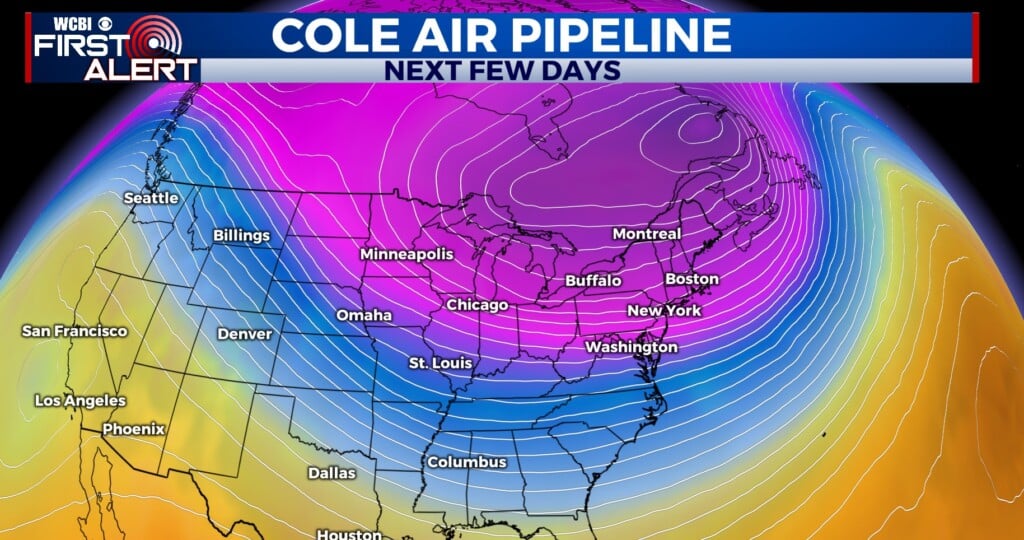Video: Plants Should Recover From This Week’s Weather
[syndicaster id=’5637023′]
By Bonnie CoblentzMSU Ag Communications
STARKVILLE, Miss. — Winter storms make pretty landscapes, but many homeowners wonder what impact the ice and snow will have on plants that already started preparing for spring.
Much of Mississippi got a layer of ice and snow in late February after days of mild temperatures. Across the state, daffodils had sprung up from their winter rest and flowering trees such as red maples, magnolias, Bradford pears and cherries had begun blooming. Many flowering shrubs, such as azaleas, forsythia and yellow Jessamine, had already prepared for their spring shows when the temperatures dropped again.
Mississippi State University experts said these plants can tolerate the mild frosts and freezes the state receives in late winter and early spring.
Lelia Kelly, Extension horticulturist at the North Mississippi Research and Extension Center in Verona, said a lot of daffodils got a snow covering, but they should still look pretty later.
“More damage was done by the weight of the ice and snow breaking the flowering stems than was done by the cold,” she said.
That weight also hit deciduous trees and shrubs hard. Kelly urged landowners to remove trees and branches knocked over or broken off by accumulated ice and snow. After the obvious damage is removed, homeowners should wait until spring to see if further trimming must be done.
“Many people tend to start pruning and cutting things out if they think there is damage, but it’s better to wait to do this until later in the spring,” Kelly said. “This gives the plants a chance to start coming out, and you can see what is actually dead or damaged.”
A professional may be needed to do the work, but waiting until spring allows the homeowner to see what is alive before doing any pruning.
Gary Bachman, Extension horticulture specialist and Mississippi Agricultural and Forestry Experiment Station researcher at the Coastal Research and Extension Center in Biloxi, said spring-flowering plants should be just as pretty after the cold.
“Their flower buds provide protection from the cold due to the increased solute content of the plant cells that act like Mother Nature’s antifreeze,” Bachman said. “The cold protection decreases as the buds develop towards flower opening.”
Tree and shrub branches with visibly swelling buds can survive freezing temperatures as well.
“Buds that have not opened provide protection to the flowers inside and can tolerate cold temperatures,” Bachman said. “But once the buds have opened, the flowers are very sensitive to cold temperatures.”
Cold snaps in late winter and early spring have at least one benefit. John Byrd, Extension weed scientist, said freezing temperatures offer an opportunity to battle weeds.
“The conditions we’ve just gone through assure us that the grass is good and dormant,” Byrd said. “With the temperature fluctuations that we normally experience in winter, these grasses fluctuate between dormant and greening up for spring.”
A nonselective herbicide can be applied to dormant warm-season grasses without causing damage, he said. A good freeze keeps these warm-season grasses dormant.
Timing herbicide applications around a freeze works well in lawns but not so well in landscape beds.
“While the plant growth may be stopped for the winter, you still have green foliage there,” Byrd said. “If a nonselective herbicide gets on the foliage, the plant can absorb it when it starts to grow and it may cause damage.”





Leave a Reply